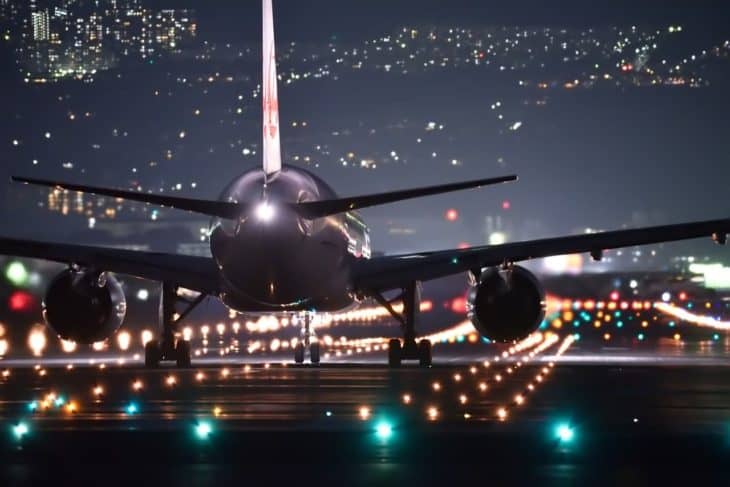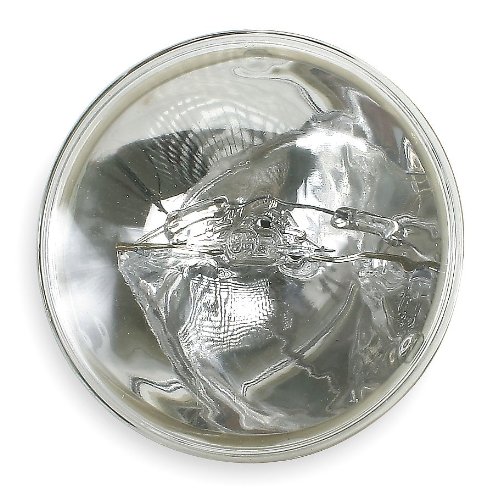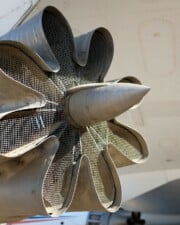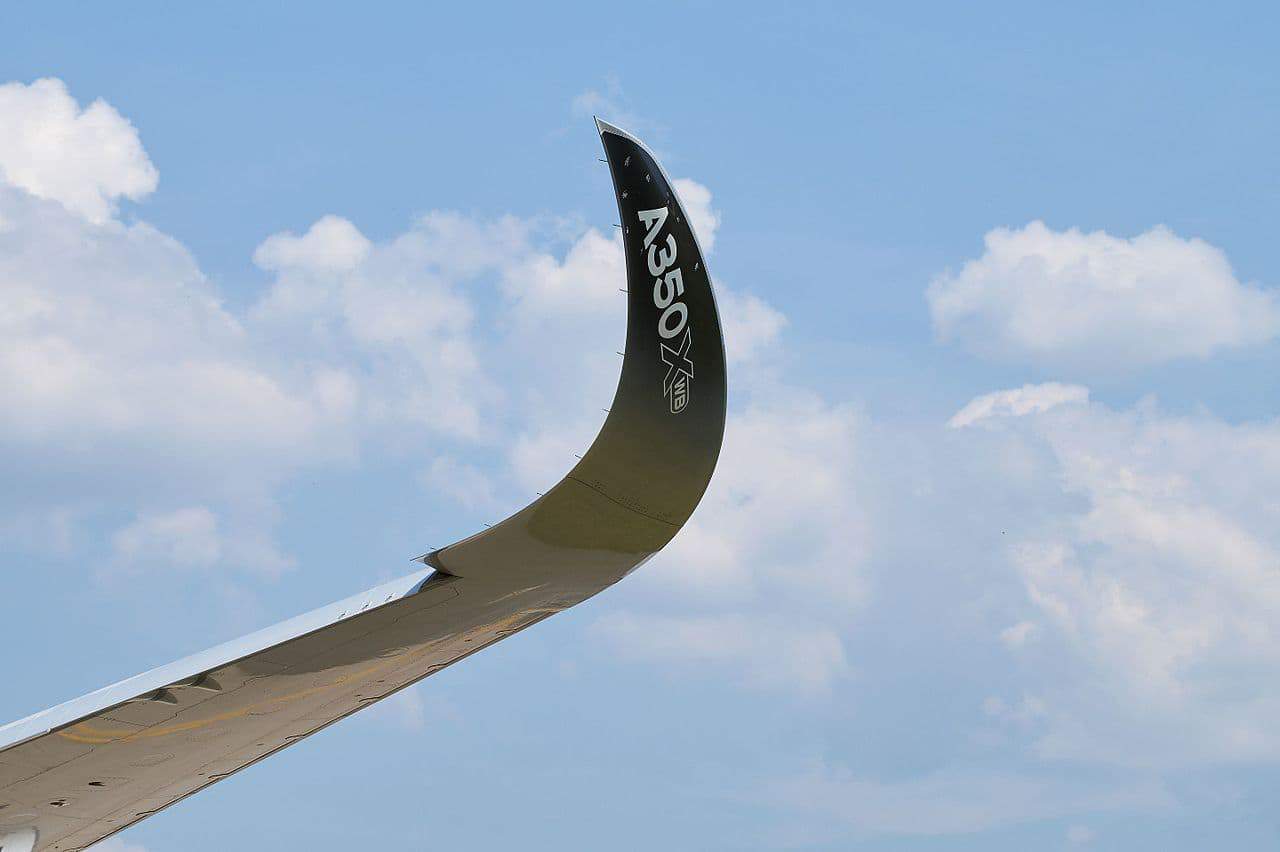Most people have taken a “red eye” flight before, so airplanes flying in the dark is nothing new to them. If you’ve ever wondered what type of headlights airplanes have that allow them to see well at 35,000 feet, you might be surprised to learn that they aren’t headlights at all!
Do Airplanes Have Headlights?
Instead of actual headlights, airplanes use landing lights to see while taking off or landing. If you want to know how powerful they are, consider this: these lights allow others to see the airplane from 100 miles away. Landing lights are usually mounted on the wings of the plane and are 10 times brighter than the headlights in a typical vehicle.
A Special Make of Headlights
Although not all airplanes have landing lights, the ones that do use special lights that are very narrow and that point slightly downward so that takeoff and landing are much easier.
The bulbs they use are typically 600-watt bulbs and are so bright that ground personnel are instructed not to stare directly at them for fear of suffering eye damage. The typical car headlight is 65 watts.
If these lights are not part of the wings, they are usually placed beneath the fuselage or on the landing gear. When an airplane lands, the lights illuminate as soon as the plane gets around 200 feet above the ground.
Indeed, landing lights are so bright that even movie studios use them as spotlights while filming. The Q4559X, made by General Electric, is one such type bulb.
The Q4559X light bulb is 8 inches in diameter and is a halogen, 28-volt, PAR 64 light bulb. Surprisingly, this light bulb only costs around $50 USD to purchase.
- Auto & Truck Maintenance
- Country of manufacture: United States
- Manufacturer: GE LIGHTING
There is another type of light bulb used in airplanes, and that is the GE incandescent 4559 bulb. However, this bulb, although less expensive, tends to have a much shorter lifespan than the Q4559X.
Are Landing Lights Standard?
Oddly enough, many aircraft are not required to have landing lights, although the use of these lights is always strongly encouraged.
In the United States, for example, the lights are only required of commercial aircraft and planes that are flying below 10,000 feet. Because of this, military aircraft and private airplanes are not required to have landing lights.
The lights are only required during takeoff and landing, as well as when an airplane gets close to the landing strip. This is because at times other than these, the glare from the headlights can cause the pilots to experience a reflection that can make it difficult for them to see. Landing lights are used for:
- Takeoff and landing
- Flying in crowded airspace
- Flying below certain altitudes
- Changing flight levels (i.e., the aircraft’s altitude at standard air pressure)
- Enhancing visibility to other aircraft
- Emergencies, to communicate with ground personnel and other planes
When used to enhance visibility, the lights are usually used in a flashing mode to attract the most attention. If you operate a commercial aircraft at night, landing lights are specifically required for use.

The Specifics of Landing Lights
Landing lights are often controlled by a relay or connected directly into the plane’s electric circuit.
Sometimes, these lights are mounted in the vicinity of the taxi lights – the lights used while the plane is taxiing or being brought to or from the runway, hangar area, or taxi strip.
Often, the lights are halogen, sealed beam, or high-intensity xenon discharge lights. Aircraft can also utilize LED light bulbs.
In addition, the lights are often used when an airplane has no taxi lights. This happens particularly in smaller aircraft, and they will use landing lights intermittently to light up their taxiing operations.
Some even use a dimming resistor in the landing light circuit so that they get proper illumination when taxiing.
Many people think landing and taxi lights are the same set of lights, but this is a misconception.

Since taxi lights are used for taxiing on the runway and always while the plane is in motion, they have wider beams than landing lights because they need to cover a wider area.
The latter has narrower lights simply because they need to light up the runway from a greater distance.
Greater distances require narrower, longer, and more concentrated light beams, while more illumination requires a wider light beam that will completely light up the runway when it’s dark.
This is the main difference between landing and taxiing lights, even though there are also some similarities between the two.
One of the reasons light-emitting diodes, or LEDs, are so popular is because their brightness and even their color options are much greater than other types of lights.
Compared to HID or quartz light solutions, LEDs are far superior, making this an excellent choice for airplanes.
They also last a long time, are reliable, have the advantage of being lightweight, and can be used for other types of airplane lights.
Related Posts















